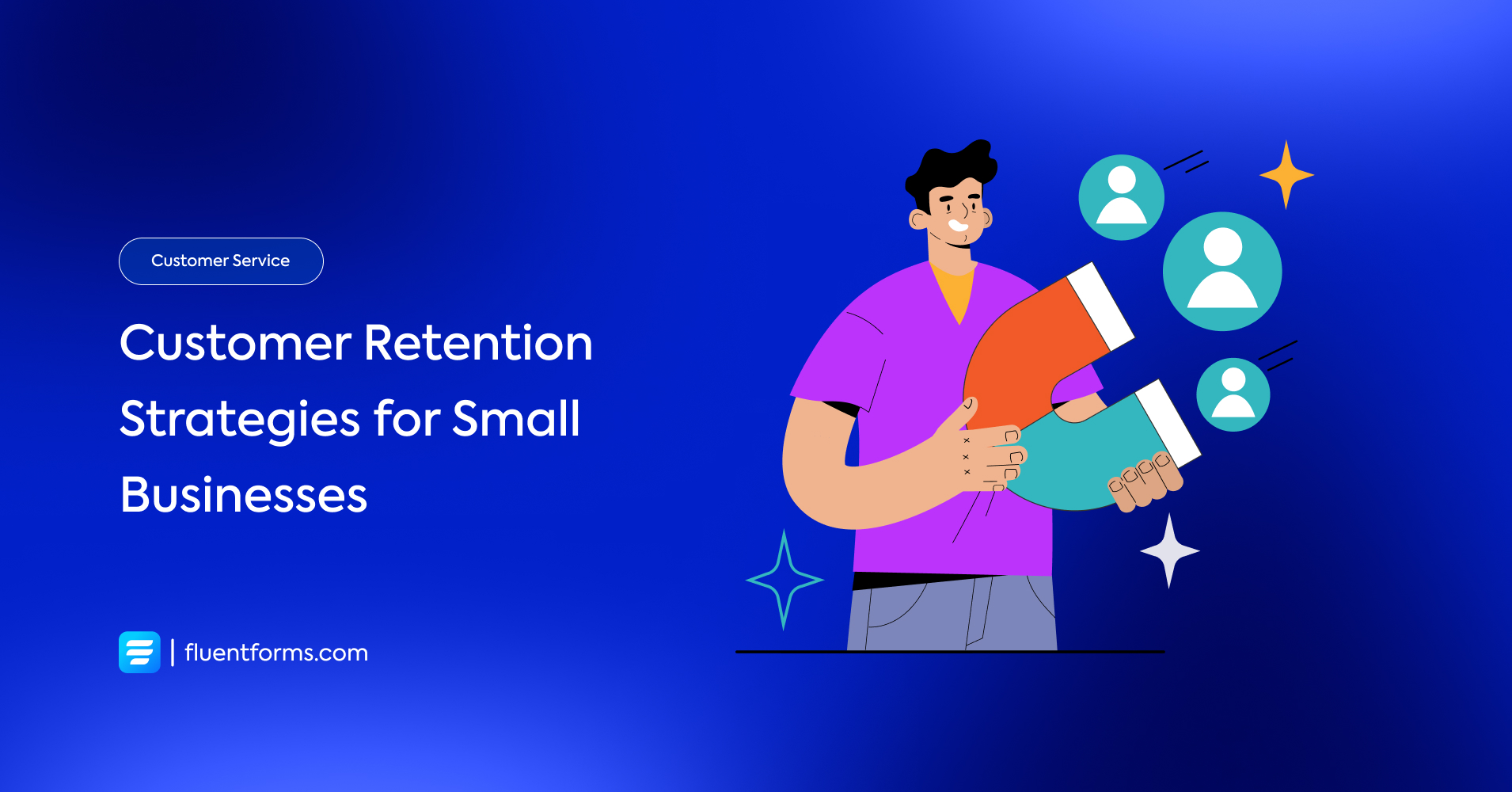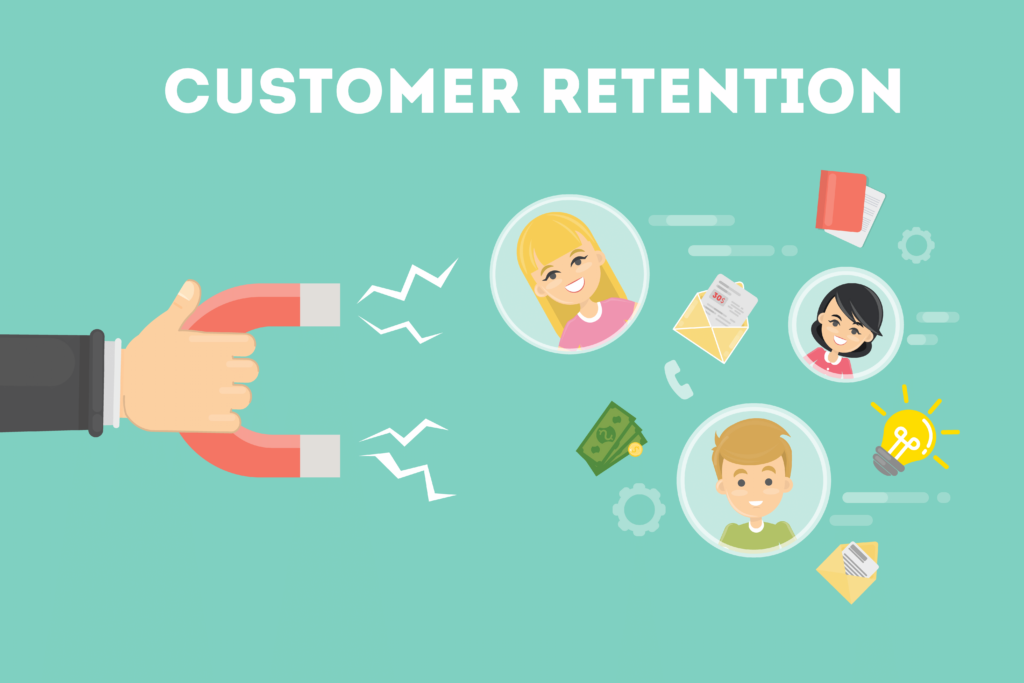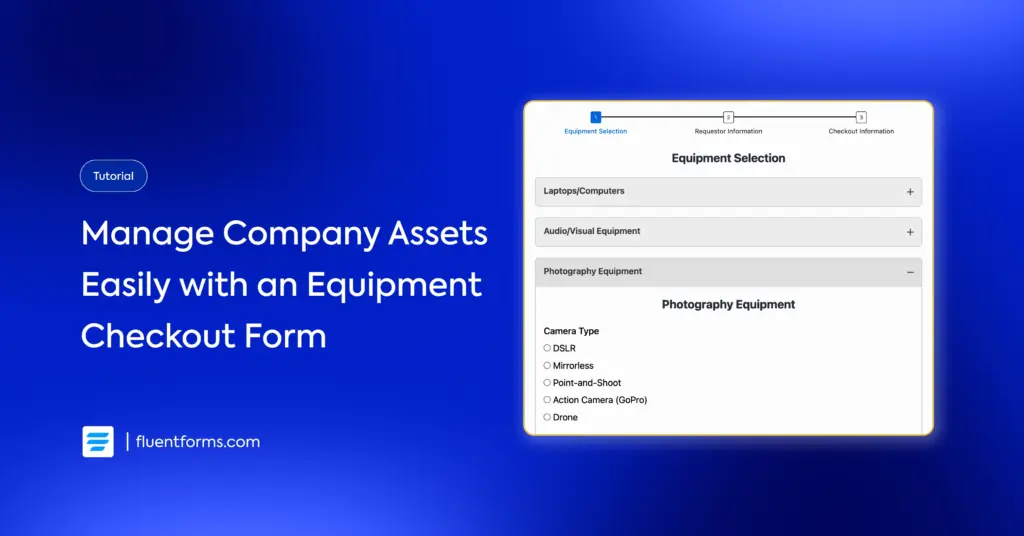7 Proven Customer Retention Strategies for Small Businesses

Businesses, big or small, are always finding ways to retain customers. Every successful business knows that business is about long-term relationships. Always trying to find new customers won’t let you go too far.
Existing customers should always be the center of your focus. If you’re a small business, it’s hard for you to fight with the resources in the unfair competition. It’s the loyal customer base that helps you stay in the race.
Retaining customers is the formula of small business growth. That’s why we’ve come up with the 7 proven customer retention strategies for small businesses, that you can follow to keep yourself in the competition.
What is customer retention?
Customer retention is holding your customers, keeping them coming back to you. It’s also a metric to measure customer loyalty over time.
Companies or organizations try to motivate repeat businesses which is a part of customer retention. The process of retaining customers begins with the first interaction a customer has with a company. It continues throughout the lifetime of the relationship.

Retaining customers isn’t a tough job if you have a proper strategy. But before discussing strategies, let’s learn if it’s worth the effort.
Why is customer retention important for small businesses?
Although customer retention is important for every type of business big or small, small businesses suffer more if they can’t retain their customers. So, it’s necessary to understand the benefits you can acquire in retaining your customers.
The reasons you should focus on customer retention strategies are:
- Cost-effective: It takes a lot of money to reach new customers than to nurture your existing ones. Retaining customers can save up to 5-7 times the cost of customer acquisition.
- Effort-saving: Not only money but also your efforts are valuable. Searching for new customers, and convincing them to buy your product takes a lot of effort. Customer retention needs less effort than customer acquisition.
- ROI: Working on customer retention never leaves you empty-handed. According to Bain & Company, a 4-5% increase in customer retention can boost company revenue by 25-95%.
- Success rate: Your existing customer base is more likely to purchase than a new one. Research says, selling to an existing customer has a 60-70% success rate, whereas it’s 5-20% for new customers.
- Bringing new customers: Your happy customers are your advocates. They’ll bring new customers through word-of-mouth marketing. Happy customers who get their issues resolved tell about 4-6 people about their positive experiences. (Source: White House Office of Consumer Affairs)
These simple yet impactful benefits grow your business bigger. Meanwhile, you can also hear some common misconceptions or myths regarding customer retention in the process. Let’s find out the truth.
3 Myths about customer retention
You always need to be careful just before feeling demotivated or doubting yourself. Society as well as the market is filled with misconceptions. If you have a small business you might have already heard most of the myths below.
The most common myths about customer retention for small businesses are assembled here along with the fact-check. They are:
Myth #1: Customer retention only works out for large businesses.
Reality: It may seem like a lot of resources are needed to retain customers, but with proper planning, you can save money. To retain customers no inhuman efforts are needed.
Stick to the basics that can work out for you. If you focus on personalization, building relationships, and prioritizing great customer service you can achieve it.
Myth #2: Only offering fancy discounts and promotions can retain customers.
Reality: Great offers and discounts are part of the plan. If you have a small business and can’t offer a huge discount, don’t worry.
Customers who only come for deals, won’t stay in the long run. So, building genuine connections with your customers is the goal. Relying only on deals won’t let you sustain in the market.
Myth #3: Retention efforts can be reduced after acquiring customers.
Reality: You should never stop or reduce your retention efforts. Customer retention is an ongoing process. The choices and needs of customers can evolve.
Your competitors can take chances once you stop your efforts. Constant engagement with your customers is a must.
Don’t fall into the traps of misconceptions. Always check the facts. Because there are other challenges you have to face in the process.
Challenges for small businesses in customer retention
Small businesses face numerous hurdles to sustain themselves. Retaining customers is also challenging for them. Fighting with existing competitors and standing out is a tough task.
For small businesses, customer retention can be challenging for the reasons below:
- Limited resources
- Lack of data analytics
- Inconsistent communication
- Difficulty in differentiating from competitors
There are many more challenges small businesses have to face. These are the primary ones. That’s why when planning for customer retention, you have to be more strategic.
7 Strategies for customer retention
If you’re a small business your strategies should be simple. You don’t need to overdo anything. Following a strategy that helps you connect with your customers can do wonders.
Here are the 7 proven strategies for customer retention you should follow if you’re a small business:
1. Exceed customer expectations with quality customer service
Customer service is the bridge that connects you to your customers. You need to cultivate empathy through this. Customers who get a positive vibe from your business and get a great customer experience will return to you.
Semrush
Regarding factors that impact customer retention, 89% of companies admit excellent customer service is critical.
Knowing your customer is a necessary step in the process. When you know what your customers want, you can make them genuinely happy. Understand their expectations and act accordingly.
Your empathy towards their problem, friendly interactions, and listening to them are great ways of connecting. Be proactive in addressing potential issues they might face. As their expectations are exceeded, they’ll feel special and think about staying.
All of these gestures are so simple, yet powerful enough to make your customers feel connected to your business.
2. Build trust with customers
The customers that come back to you, it’s trust that pulls them. No relationship can be built without trust. Customers who trust you are less likely to turn to your competitors. Building trust takes time but once it’s built, becomes so hard to break.
If a customer trusts a brand, then as many as 62% are likely to stay loyal.
Edelman
The first thing you should do to build trust among your customers is, not make any fake promises. Only make plausible promises. When you keep the promises you made to your customers, they start trusting you.
Moreover, the interaction with your customers is a pathway to build trust. You have to show that you care for their well-being. Giving promised updates to your app or plugins if you’re an app or plugin developer company can build trust.
If you can meet their needs, they feel secure. They hope to rely on you.
3. Offer personalization
Your customers are humans and they would love to get treated like one. Personalized services provide a human touch. When your customers get their individual needs fulfilled, they feel prioritized. It shows that you value them over anything.
People might have different needs, so analyze your customer data to understand their preferences, purchase history, and behavior. These will help you to cater to their specific demands.
Nowadays many different technologies can be used to offer personalizations. You can have chatbots to answer basic questions. But overusing the automation tools isn’t recommended. Your customers should always have a means to communicate directly with you.
4. Encourage after-sales
Your job isn’t over as soon as you sell your product, it’s just the beginning. When your leads become customers, you have to nurture them. Offering after-sales services is a solid strategy for customer retention.
Find out if your customers need any add-on products. Provide recommendations accordingly. Seek opportunities where you can offer extra services to your customers. Let them know if you have made any changes or upgrades to your product.
Offer maintenance plans or knowledge regarding the product they have purchased. Educating your customers about the possible utilizations of the product is also necessary.
Featuring after-sales helps to keep your business in the minds of your customers. It also shows them the benefits of continuing business with you in the long run.
5. Offer customer loyalty programs
A loyal customer is your asset, a part of your brand. Loyal customers maintain the sustainability of your business. So, their loyalty should never go unappreciated. That’s why you have to spend on loyalty programs. Because loyalty programs acknowledge a customer’s loyalty to a business. This helps to build a relationship with your customers.
Run loyalty programs, where the customers get rewards for a certain amount of purchases or points. The rewards should be proper and impactful. Your rewards or points should preach the idea of recognition of their loyalty.
6. Encourage customer feedback
You can’t satisfy anyone unless you pay heed to them. If you don’t ask customer feedback it seems like you’re ignoring them. Asking for feedback helps to understand your customers’ needs.
Running customer surveys, and asking relevant feedback questions is the key. Your feedback questions can also be open-ended. Thus your customer finds a way to express their needs and feelings with you.
You can also find feedbacks that have the potential to grow your business. So, implementing a feedback loop ensures the benefit of both ends.
7. Build a community
Most people buy their products from recommendations of their surroundings. It keeps them confident. Also, trust is reflected in the community. Creating a sense of community around your brand is a great way to earn trust. The interactions between your customers eventually ensure their loyalty to your brand.
You can build a community of your customers on social media easily. Facebook groups and subreddits are great ways to create community engagements. You can also arrange entertaining programs to gather your customers according to your niche. Where they can share their experiences and a sense of belonging grows with your brand.
Common mistakes of small businesses in customer retention strategies
It’s normal that mistakes will occur while implementing a strategy. When you know the possible mistakes beforehand, it helps you to avoid them. Thus the friction of work is reduced.
Here are the common mistakes small businesses often make when implementing a customer retention strategy:
- Focusing less on customer service
- Aggressively spending on customer acquisition
- Failure to personalizations
- Overlooking regular communication
- Ignoring customer feedback
These mistakes can hurt your customer retention so badly that your survival might get challenged. So, always watch out for these.
How to measure customer retention

To measure customer retention, you need these things to begin with:
- Choose the period over which you want to calculate
- Number of existing customers at the start of the time period
- Number of acquired customers during the time period
- Number of new customers at the end of the time period
Now plug them into the formula mentioned in the image to find your customer retention rate.
You can use the calculator below to find your customer retention rate.
Conclusion
Following the strategies blindly is never recommended. Know your goals and implement the strategies accordingly. Even you can find new ones when you improvise in your way.
The results of the strategies might take time to show their effect. Be patient and keep track. In time, you’ll see the impacts.
It’s possible that some strategies might not work for you. Sometimes you fail to reach your goal. It’s only normal. There’s always room for improvement. Measure the results and take action.
Let us know your strategies for customer retention in the comments below.







Leave a Reply